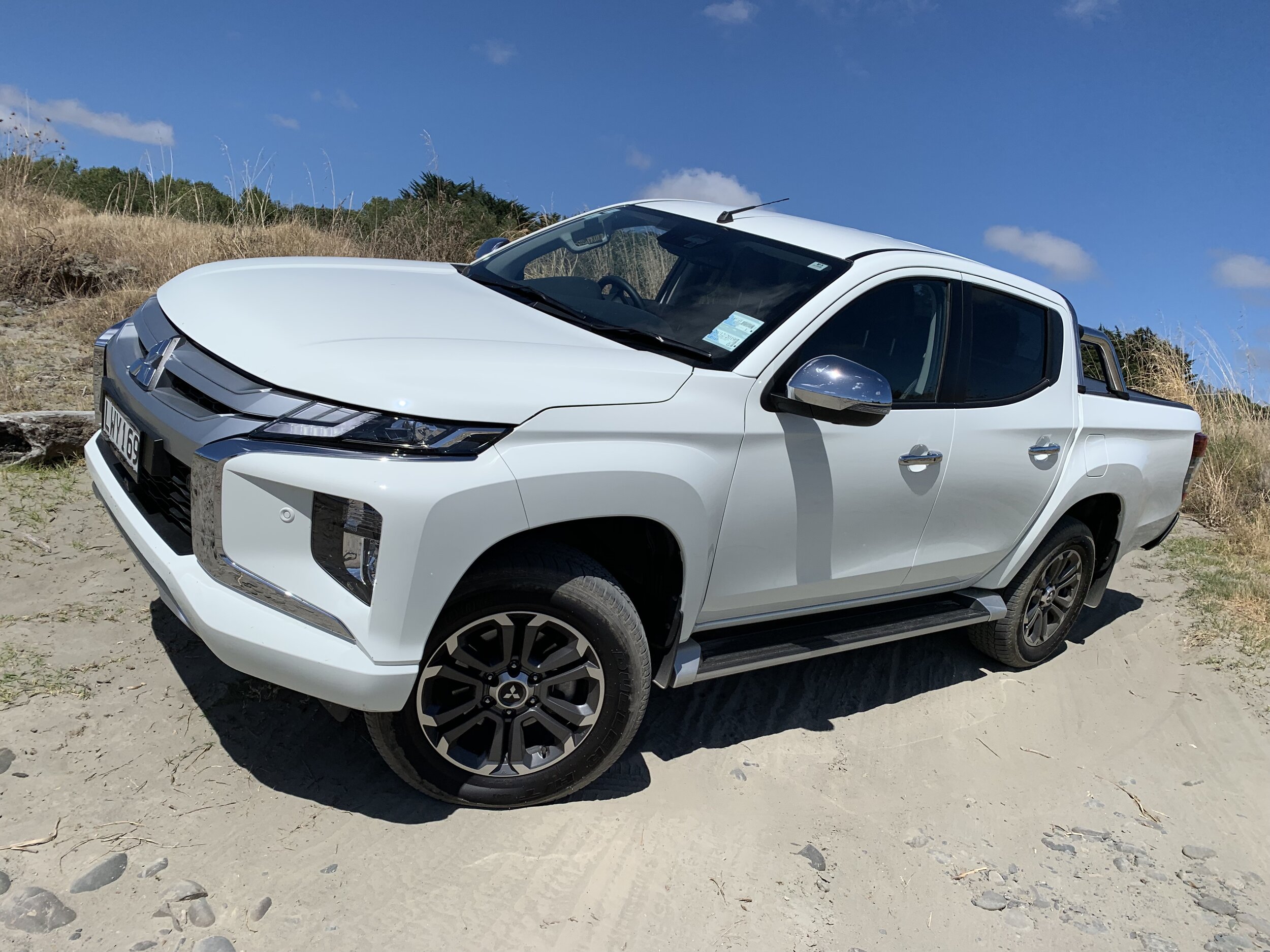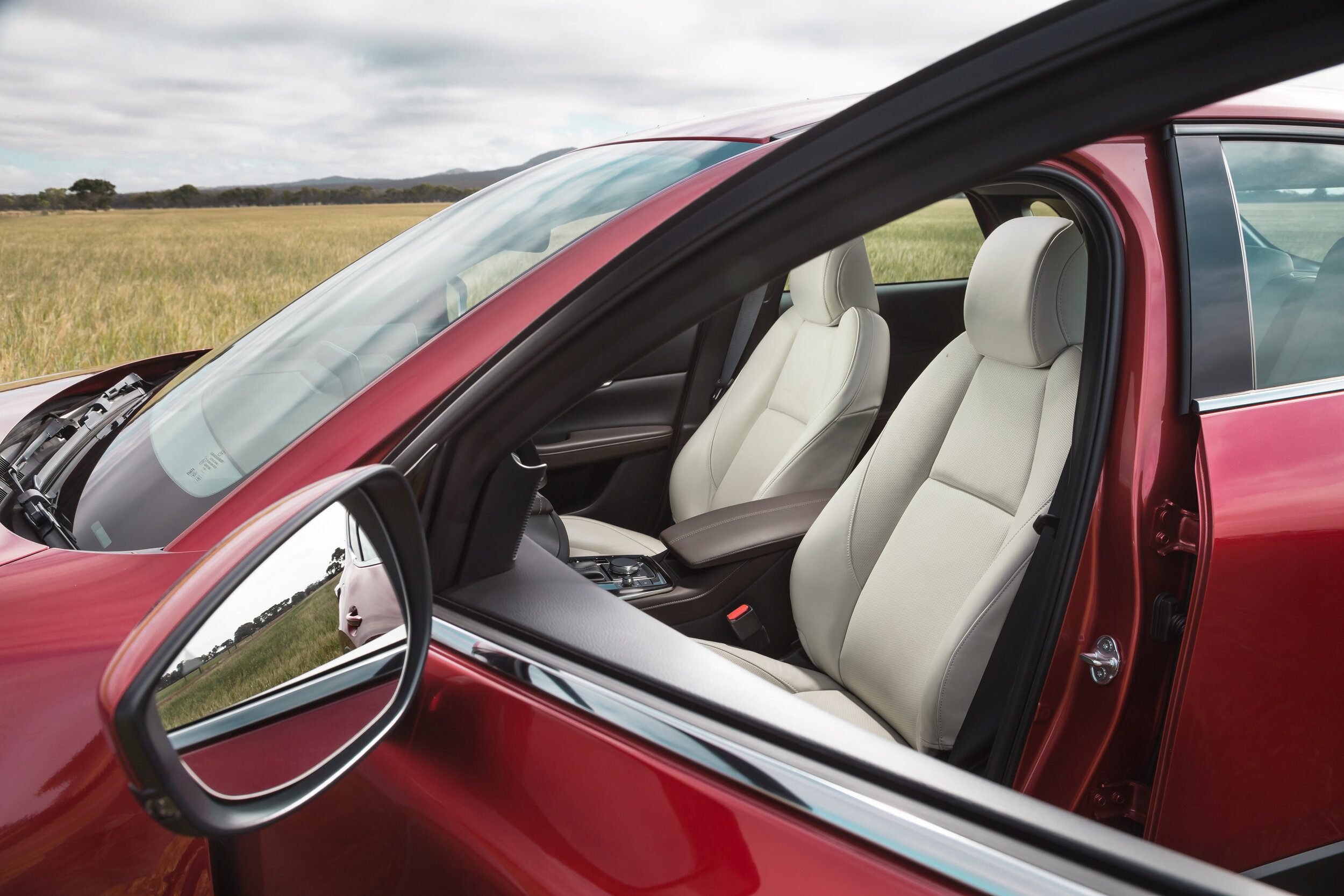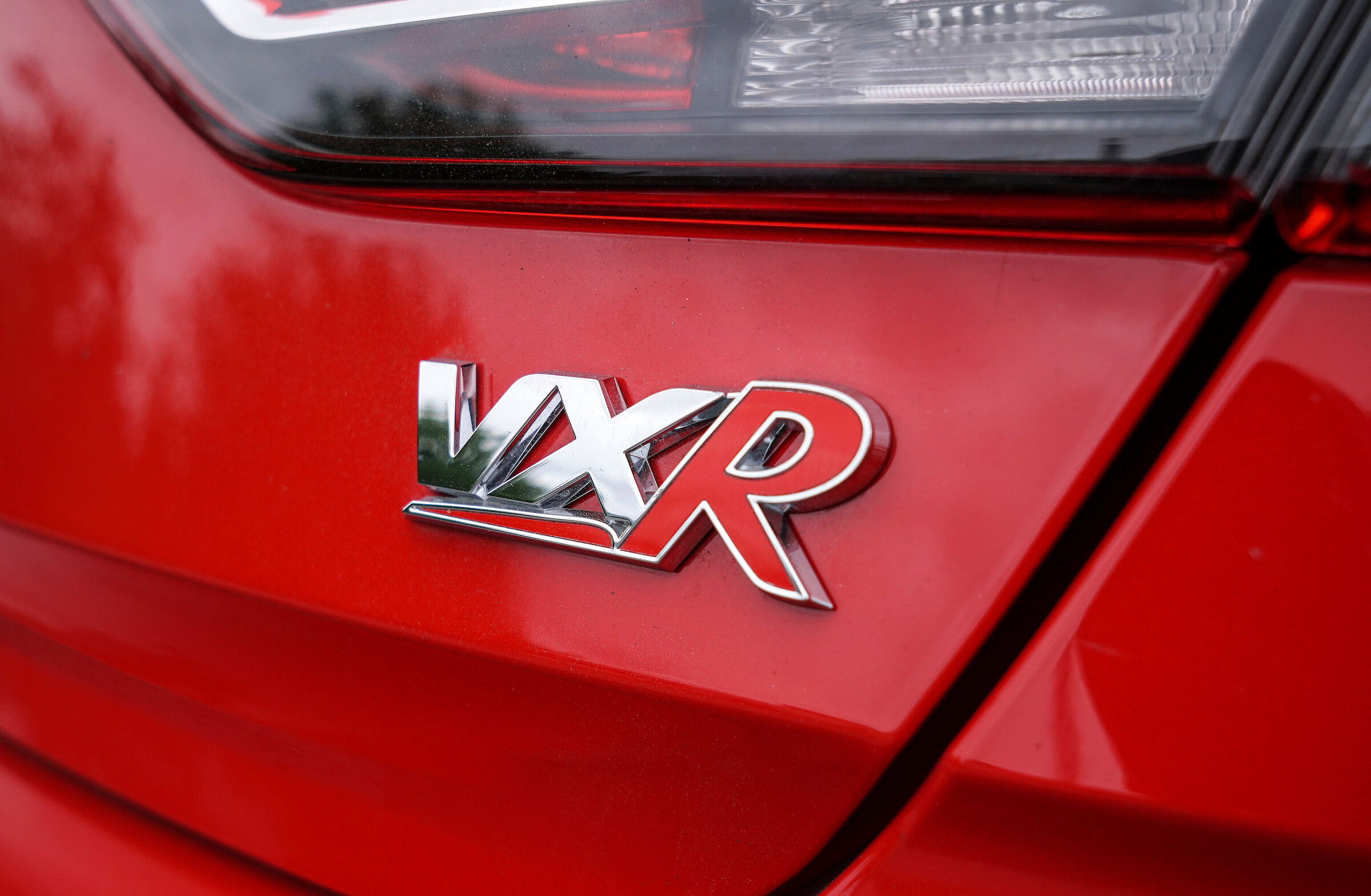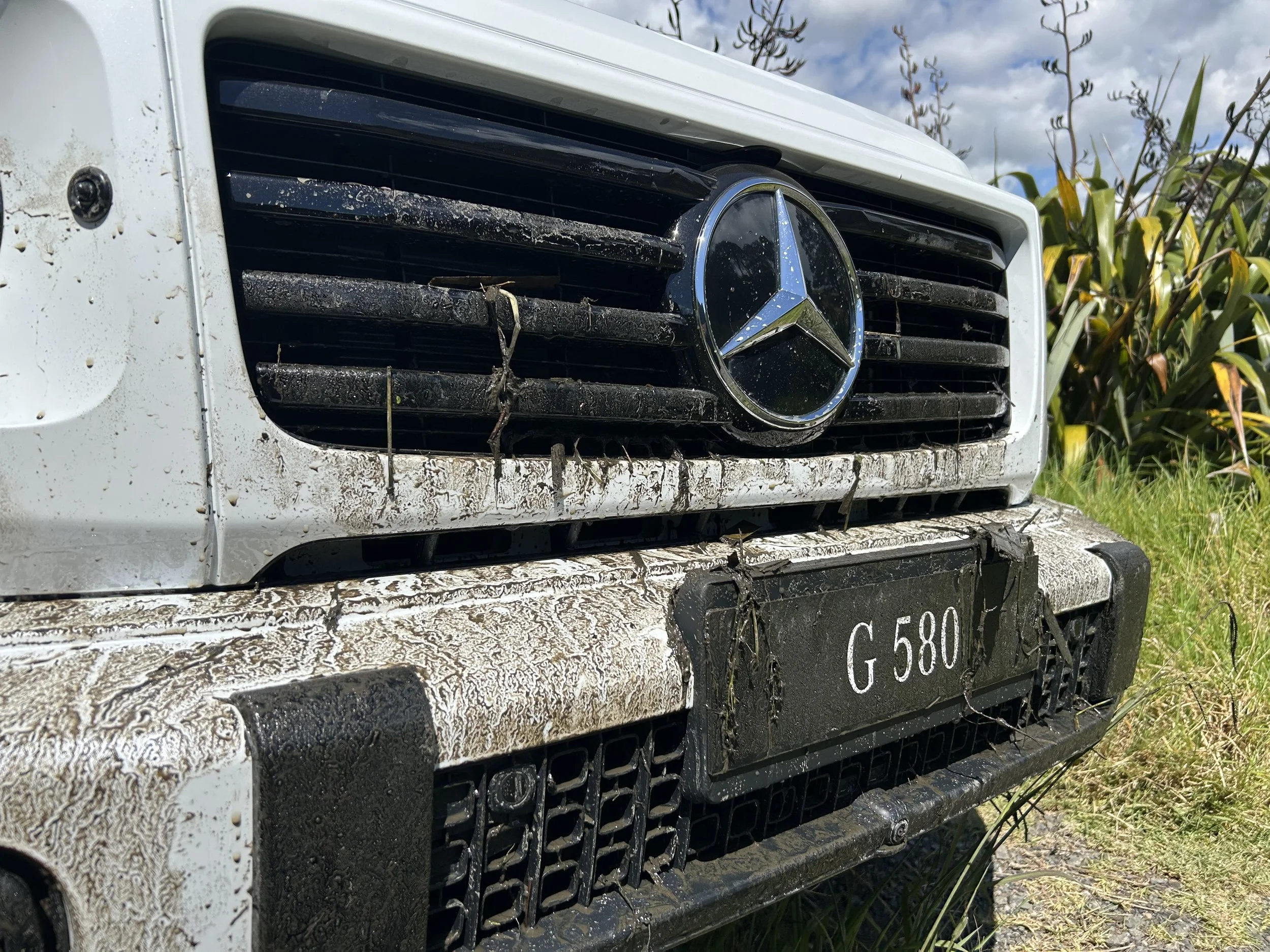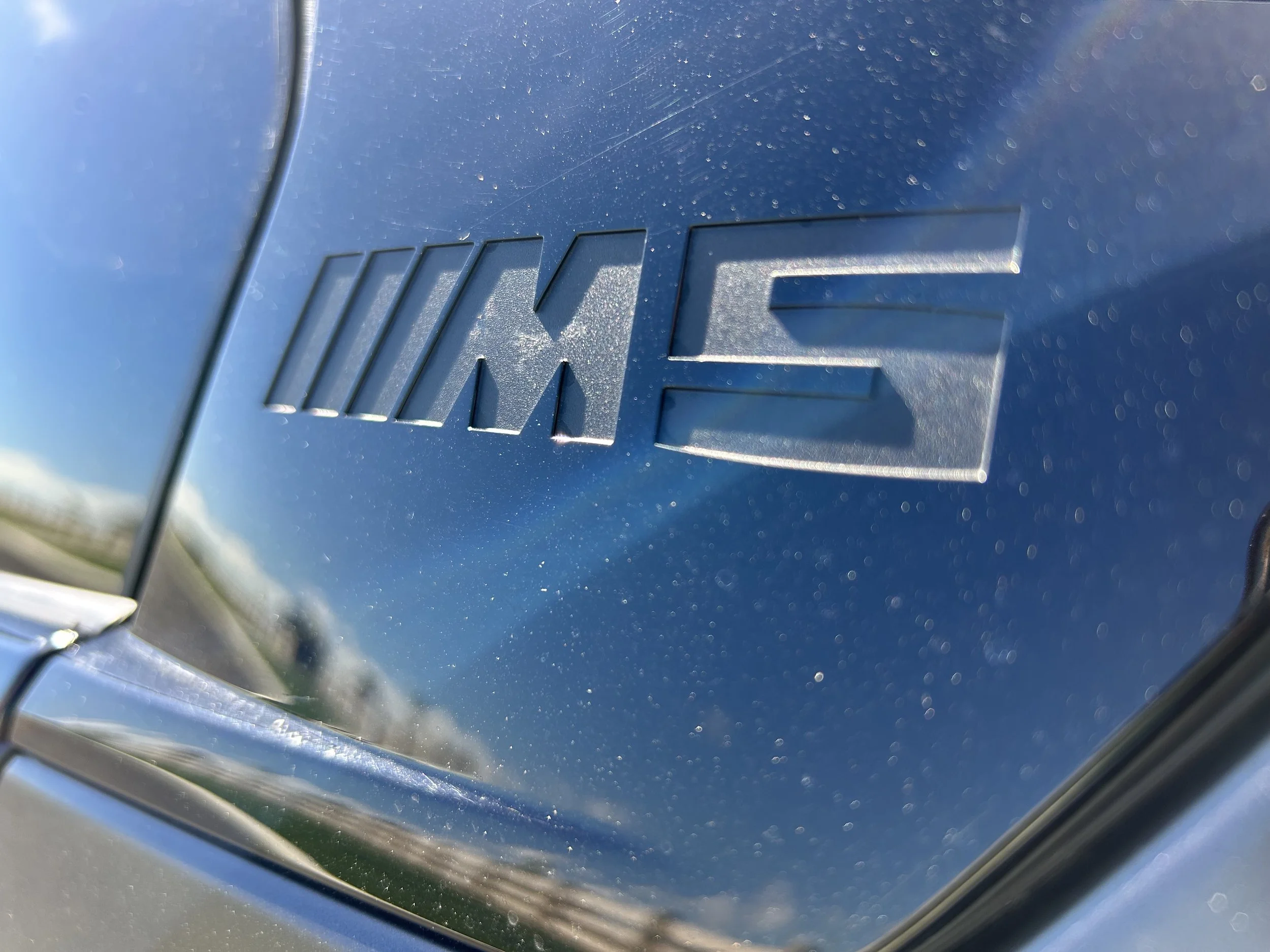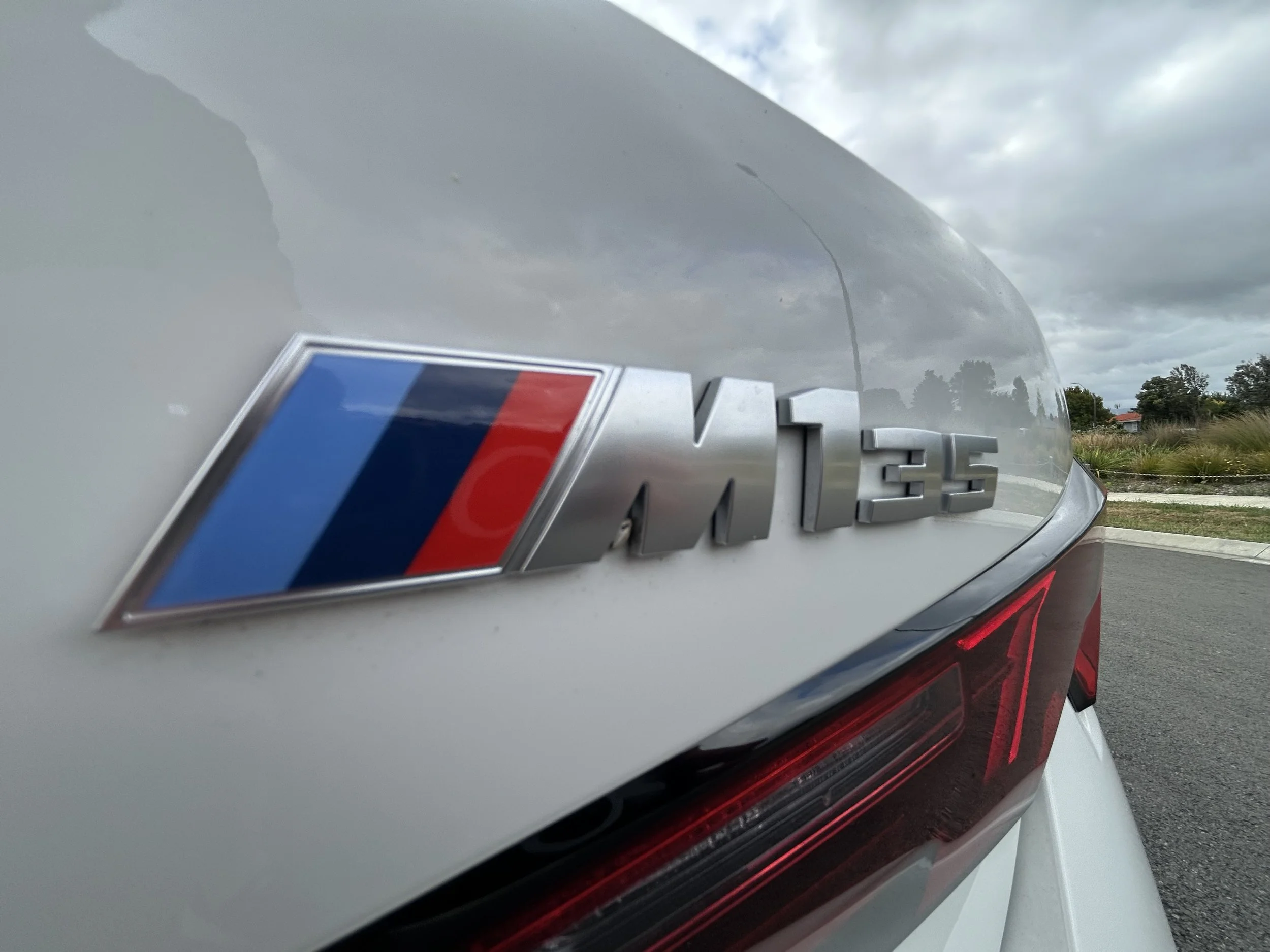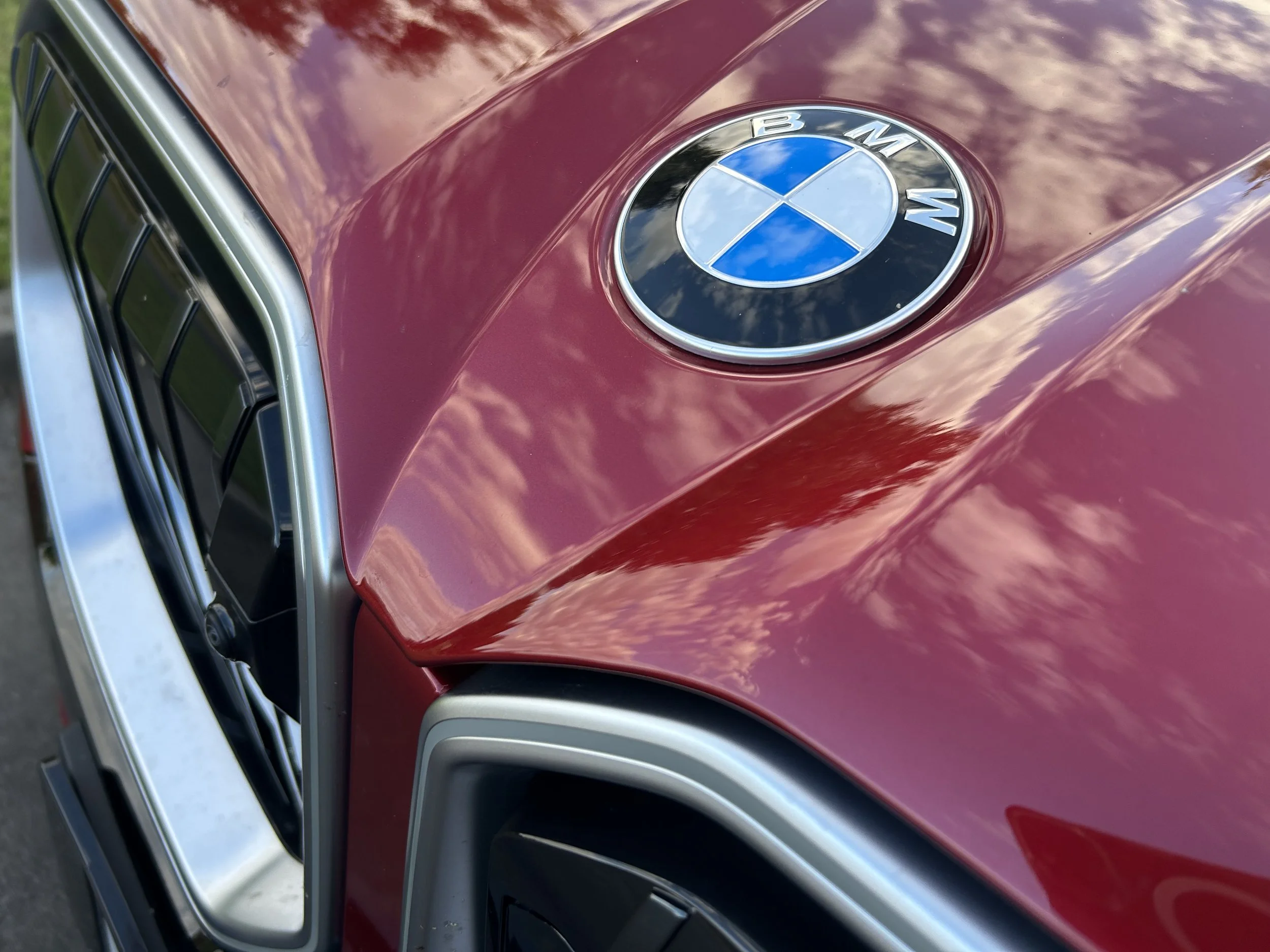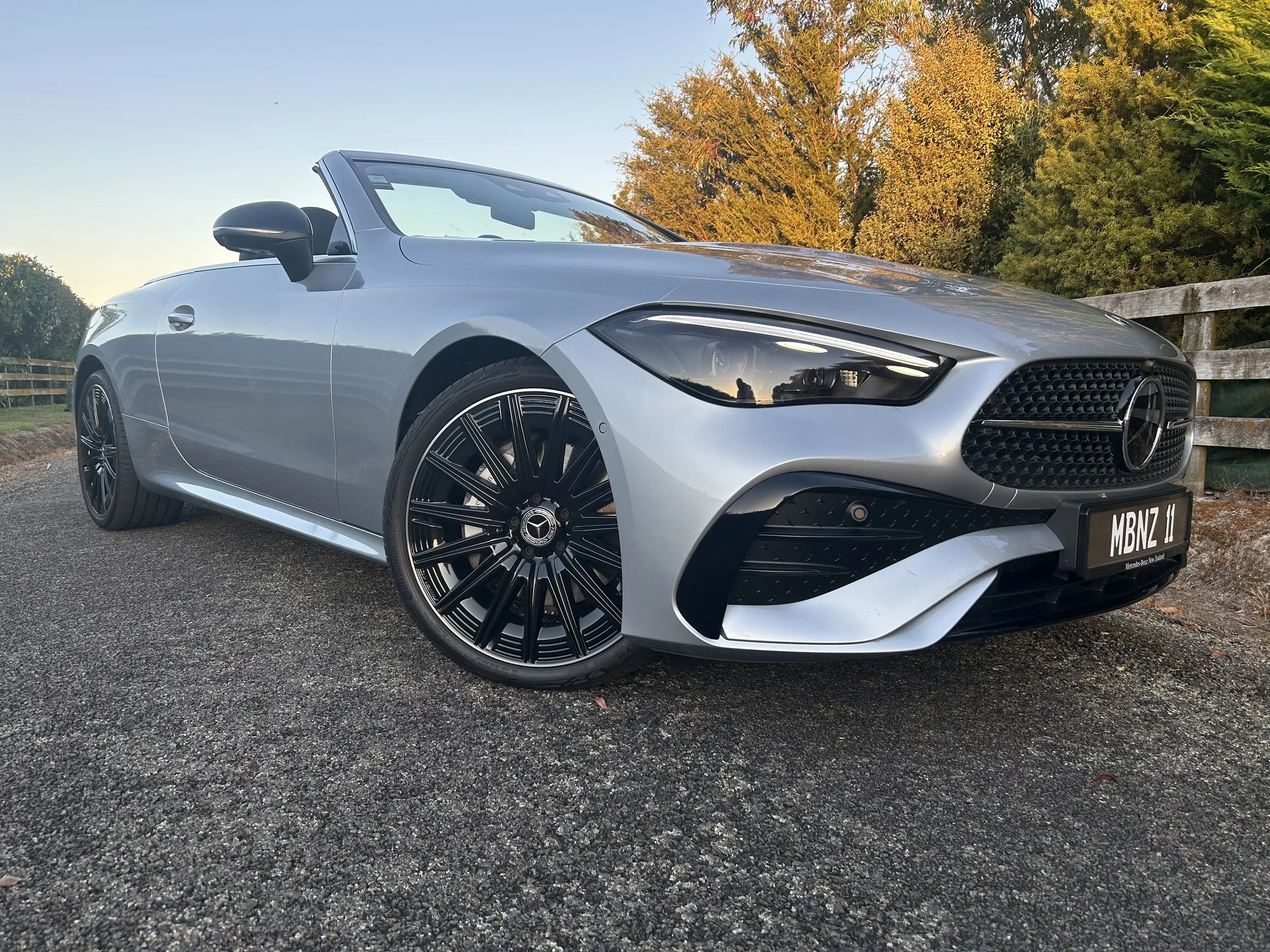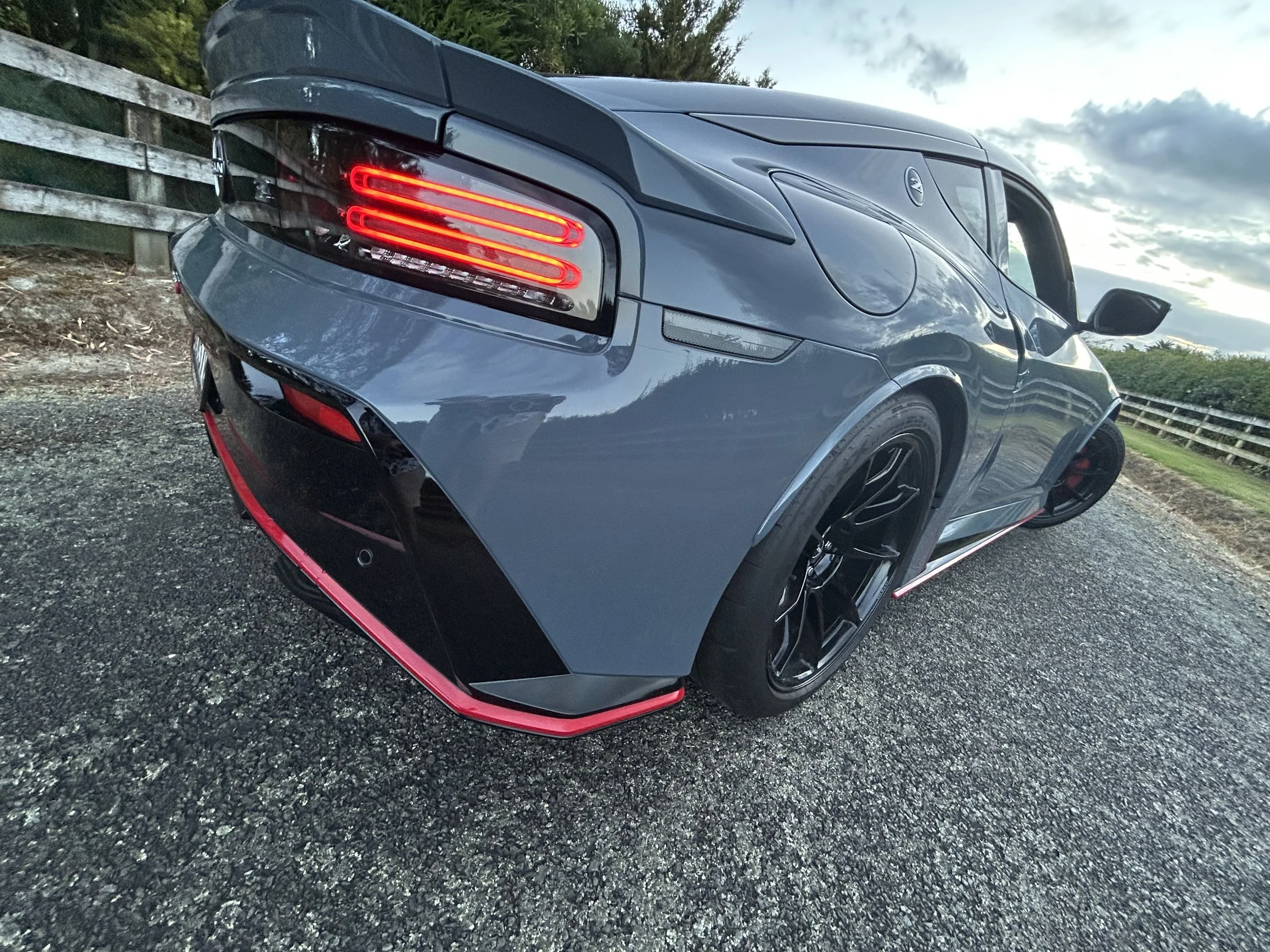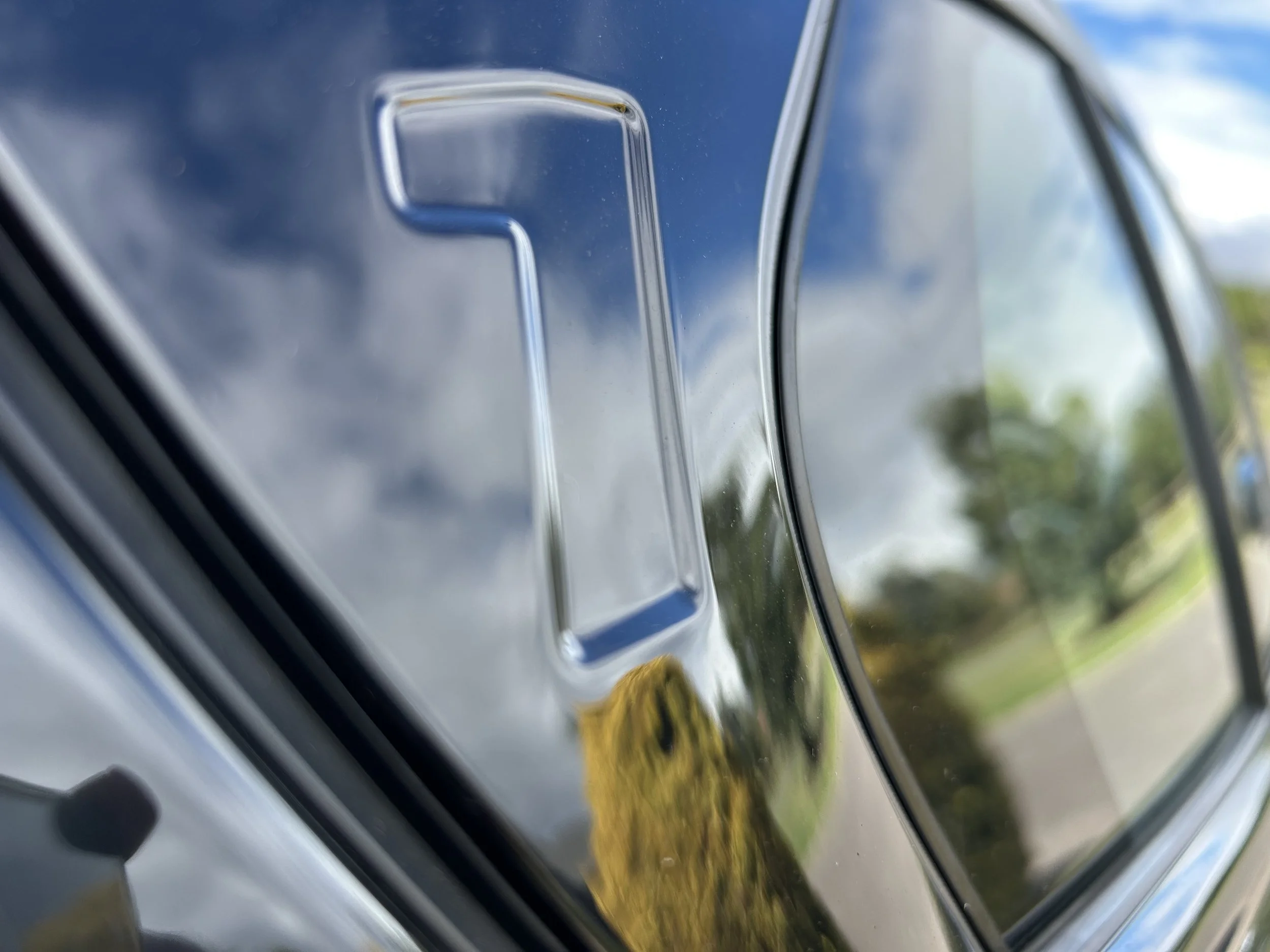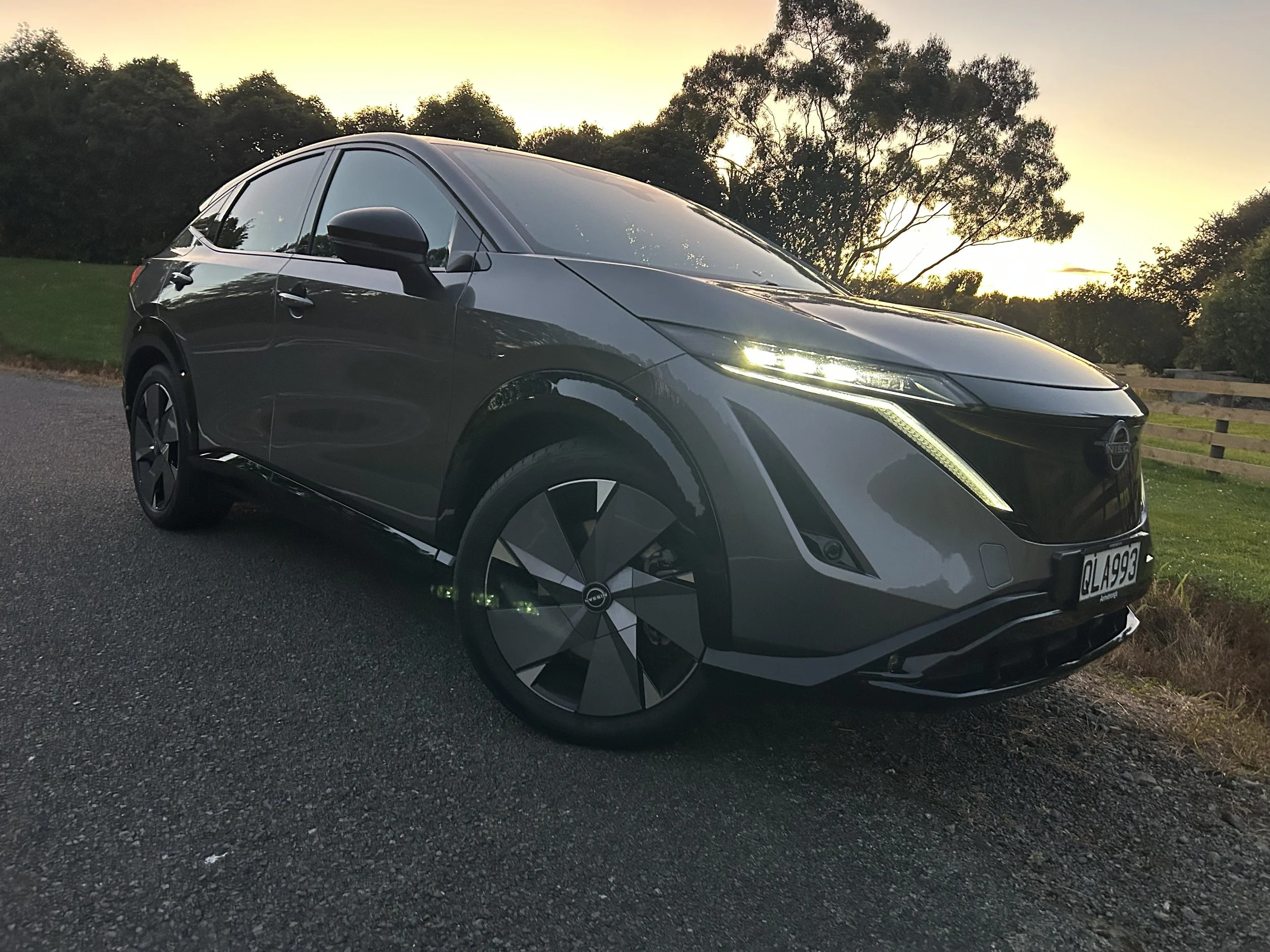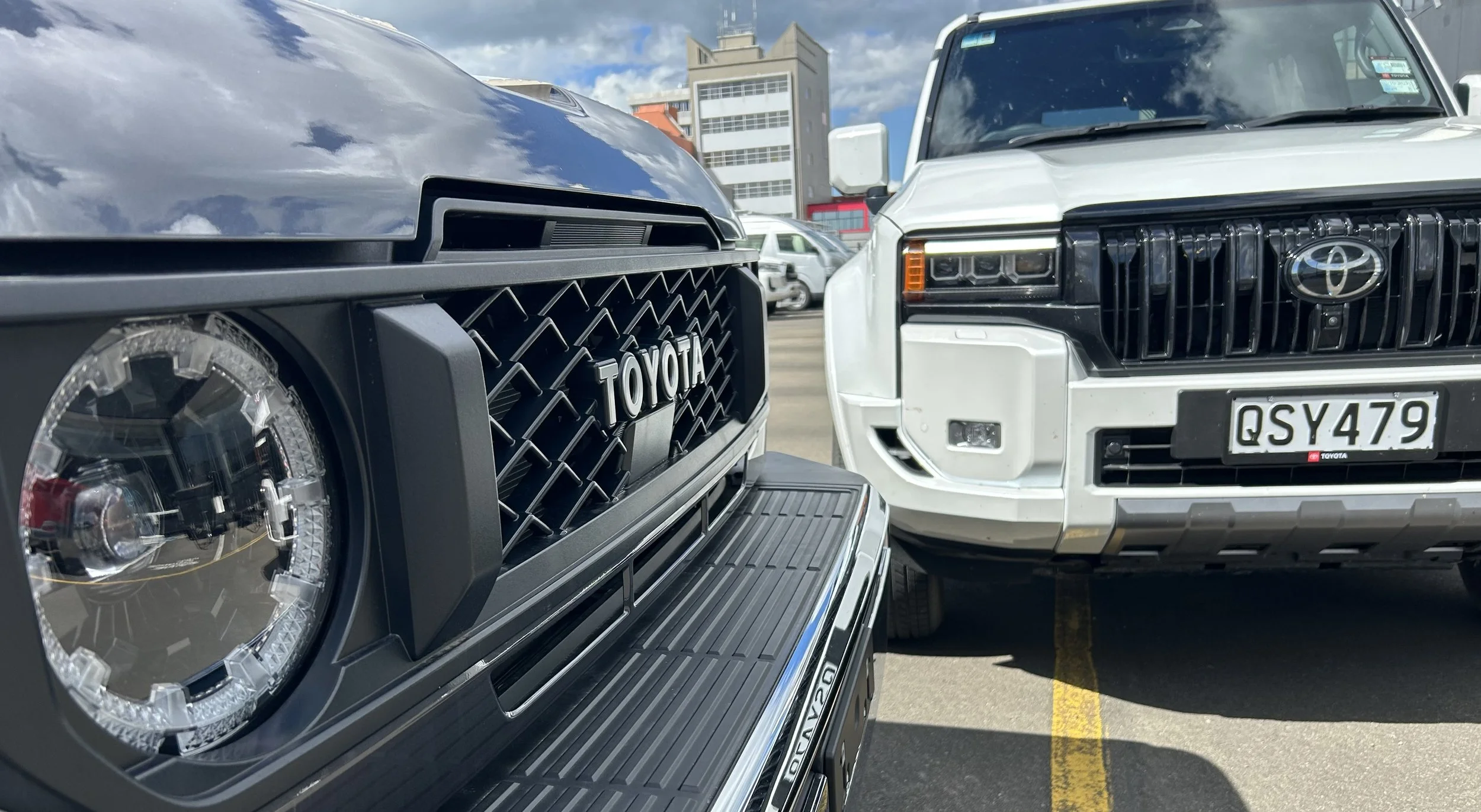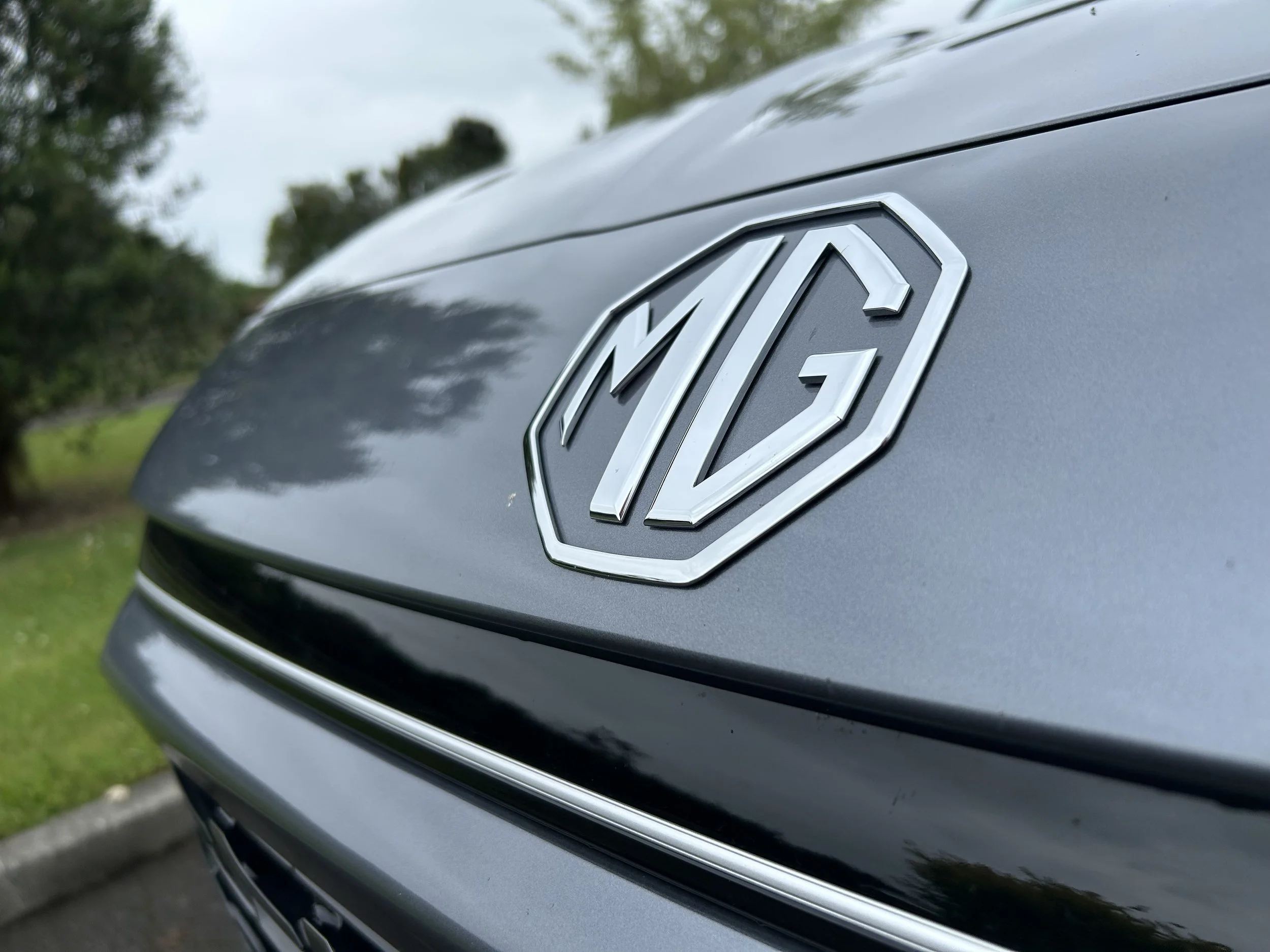COVID-19 has swung a near-knockout blow to New Zealand’s new vehicle industry, with April recording a more than 90 percent fall in vehicle sales.
In stark contrast to April last year when a record 10,640 new vehicles were registered, the national Coronavirus lockdown is the reason behind just 1039 vehicles being registered last month, with the top-selling model, Kia’s Seltos, registering 95 of those.
Now, the organisation representing the country’s new vehicle industry says it needs help – and it is demanding the Government fast-track introduction of a series of policies to achieve this.
“The Government can play a decisive role in lessening the economic pain we are feeling,” says Motor Industry Association chief executive David Crawford.
The organisation wants deferral of introduction of any feebate scheme, replaced instead with incentives for the purchase of fuel-efficient vehicles. Feebates are a combination of fees imposed on larger gas-guzzling vehicles and rebates offered to purchasers of smaller and fuel-efficient vehicles.
“Prior to the pandemic, the MIA supported in principle the adoption of a feebate scheme. However, given the degree of fiscal impact the pandemic is causing, we believe this policy needs immediate review,” says Crawford.
The MIA also wants the Government to accelerate the uptake of plug-in vehicles across the Government fleet.
“To date, uptake of plug-in vehicles by government agencies has been less than modest at best. The MIA calls on the Government to increase departmental budgets to permit departments to increase their uptake of BEVs and PHEVs,” says Crawford.
Financial incentives should also be introduced to remove from the national fleet vehicles older than 20 years, and/or where their exhaust emission standards are the equivalent of Euro 3 or less, Crawford says. He adds that this vehicle scrappage would be in line with the country’s new road safety strategy and the Government’s climate change objectives.
“We all know we have an old fleet, with numerous polluting and unsafe cars roaming our roads,” he says.
Crawford describes April’s new vehicle scene as “closed for business” other than for the supply of essential vehicle and three business days at the end of the month for contact-less sales.
That distributors were able to sell as many as they did was testament to their determination to partially re-open for business while maintaining strict health and safety process,” he says.
Overall, new vehicle registration were down 90.3 per cent in April – sales of passenger vehicles and SUVs dropped 89.6 per cent, and commercial vehicle sales were down 91.4 per cent.
So dramatic was the fall in registrations, that some highly unusual sales results were recorded by the MIA.
Market leader for the very first time was Korean brand Kia, which achieved a 16 per cent share with 169 sales, including 95 Seltos small SUVs, 24 Rio hatchbacks, and 22 Sportage compact SUVs.
The Seltos was also easily the top-selling passenger vehicle, with the Suzuki Swift hatch and the pint-sized Suzuki Jimny SUV in second and third places.
And in the commercial sector it was the Toyota Hilux ute that was top model with 59 sales, followed by the Holden Colorado that is on runout prior to the Australian brand exiting the New Zealand market at year’s end. And Ford Ranger – which has dominated the light commercial market for several years – was in third place with a mere 29 sales.
And here’s a stark illustration of the state of New Zealand’s rental industry: whereas usually monthly vehicle registrations number in the hundreds, in April there were just two – and they were both Isuzu N-Series trucks.
Covid Countdown: April’s 10 Best-Selling Vehicles
Kia Seltos 95
Toyota Hilux 59
Holden Colorado 38
Suzuki Swift 35
Ford Ranger 29
Suzuki Jimny 28
Kia Rio 24
Holden Commodore 23
Kia Sportage 22
Toyota Hiace 21












